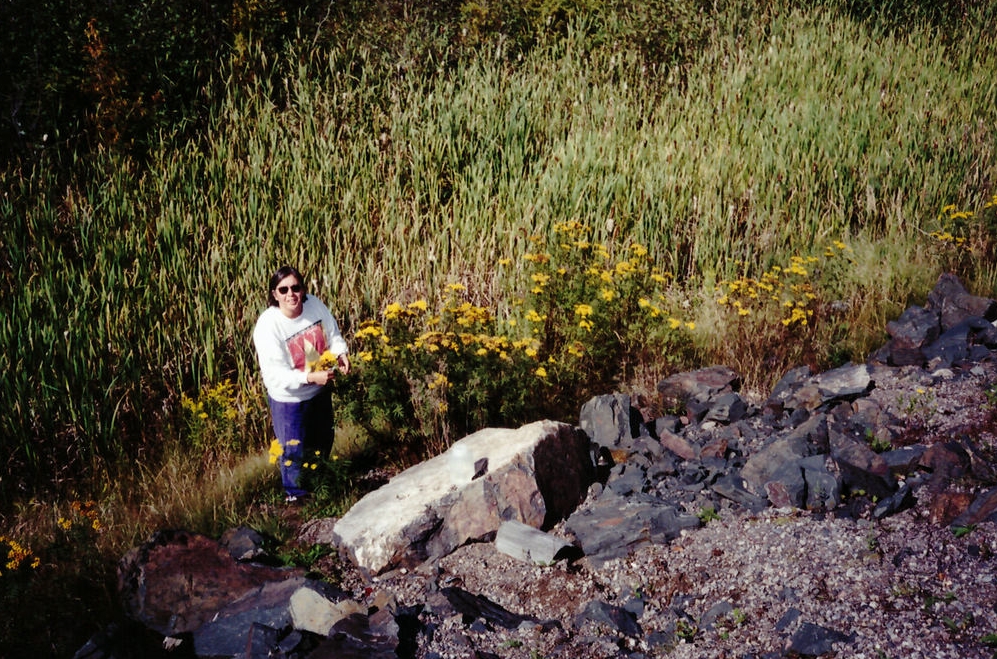Medical Roots: Rediscovering Herbal Medicine
/From its origins in the earliest stages of recorded history to the latest technical advances, we have always expected that medicine will make us well. The modern focus on new technologies and approaches has yielded impressive results. However, about 80 percent of the world’s population continues to use herbal and traditional medicines for their primary health care; and this practice is gaining acceptance as an alternate or complementary medicine system to modern medicinal science. Since the 1970s, scientific research is evaluating herbal ingredients for new drug formulations. It is no wonder that people are turning to herbal medicine to prevent illness and to alleviate pain.
When we consider scientific progress in our last century, there are many examples of great strides in medicine for those who live in developed countries: antibiotics against many bacterial diseases; vaccines against many infectious diseases; the development of diagnostic tools, such as x-rays, magnetic resonance imaging; the development of treatments, such as heart transplants and chemotherapy, radio- and immunotherapies; and, the development of drugs, such as those for diabetes, contraception, psychosis and immunosuppression. Child and youth mortality decreased and life spans increased. We have experienced such progress that we expect it to continue.
In other parts of the world, this progress is not part of everyday life. The doctor of Traditional Chinese Medicine (TCM) or doctor of Ayurveda or medicine man is the person most people still turn to for their health needs. Their knowledge of plants assists in a healthy birth; the treatment of a wound, a cold, a flu, an upset stomach, mental illness; or to treat chronic disease.
The World Health Organization (WHO) describes herbal medicines as those plants used for protecting and restoring health from generation to generation in a culture or local community. Indians and Chinese have traditional herbal medicines that are now the basis of their Ayurveda and Traditional Chinese Medicine pharmacopeias.
AIDS, lung cancer and diabetes, which are considered lifestyle diseases, are steadily increasing worldwide: AIDS is a pandemic affecting huge populations in Africa, and diabetes, unheard of in the Aboriginal population in Canada prior to the 1940s, is now considered of epidemic proportions in this community. A research program initiated more than 30 years ago by the U.S. National Cancer Institute screened medicinal plants and generally all biota for cancer, AIDS and other diseases. There are between 10–100 million organisms worldwide: Approximately 250,000 species are plants, of which 25-50 percent have traditionally been used for medicinal purposes. These play a major role in the discovery of leads for the development of drugs to treat human diseases.
Since the 1970s, there has been a proliferation of health-product retailers and the availability of natural health products (NHPs) on grocery and drugstore shelves. These indicate growing consumer confidence in functional food and natural health products. According to Canadian Health Food Association, 71 percent of Canadians have used a NHP and as the population ages and there is an increased demand for preventative healthcare products, this consumption level will raise.
The growth of the health-product industry has not been without its setbacks with incidents of mislabelled packaging, deaths associated with toxic metal contamination, and drug-tainted products. Because of safety concerns such as these, most developed nations, including Canada, regulate the natural health product industry. In Canada, as part of its regulation, product labels must provide not only the safety information but also usage information. Today, consumers have access to products used historically for healthcare in many countries and cultures; WHO has compiled a list of over 100 medicinal plants that are widely used in primary health care.
The use of Herbal Medicines, once a narrow and specialized niche, is now entering the mainstream. Tradition has become intricately linked with western medicine, and new scientific discoveries will continue to shed light on ancient practices, to the advantage of both.
Valerie Assinewe
Valerie Assinewe, PhD, learned about herbal medicines from her grandmothers, in her graduate studies, and in her jobs with the federal government and as a consultant. She is now a retired civil servant.
linkIn|sites I follow http://umm.edu/health/medical/altmed/ and http://www.unitedplantsavers.org/











